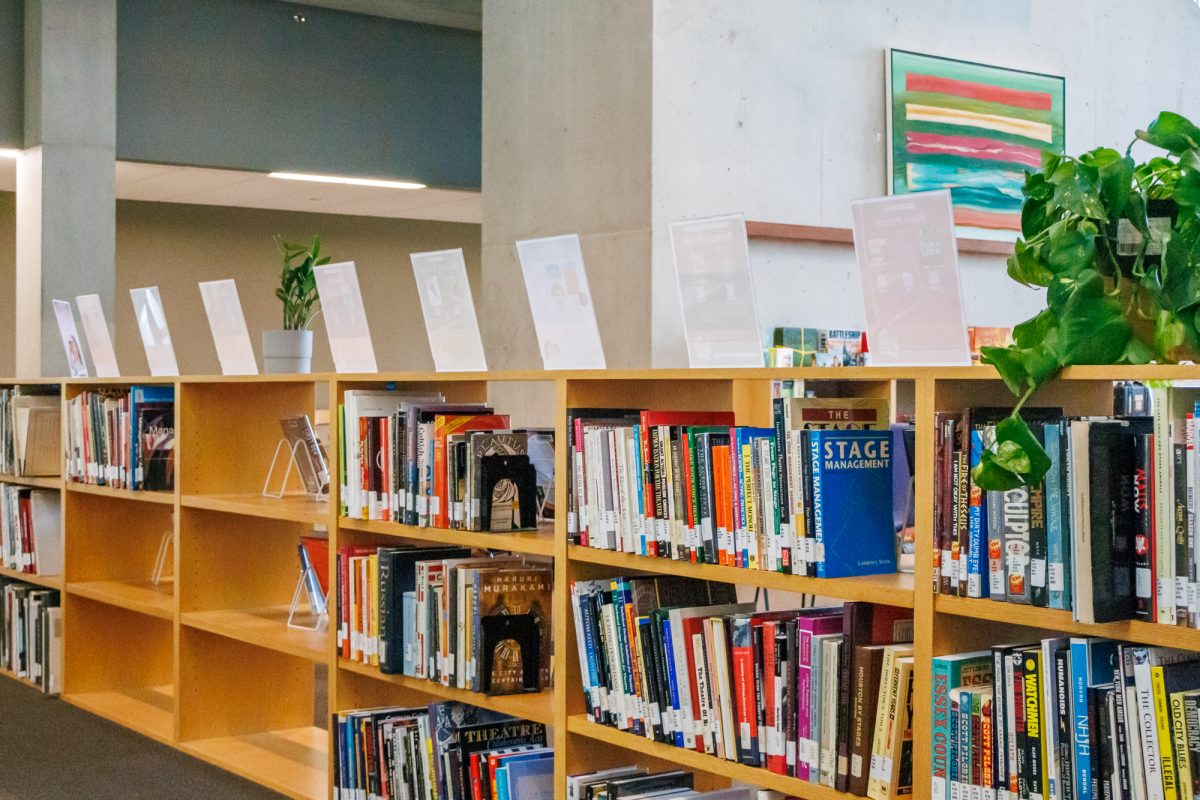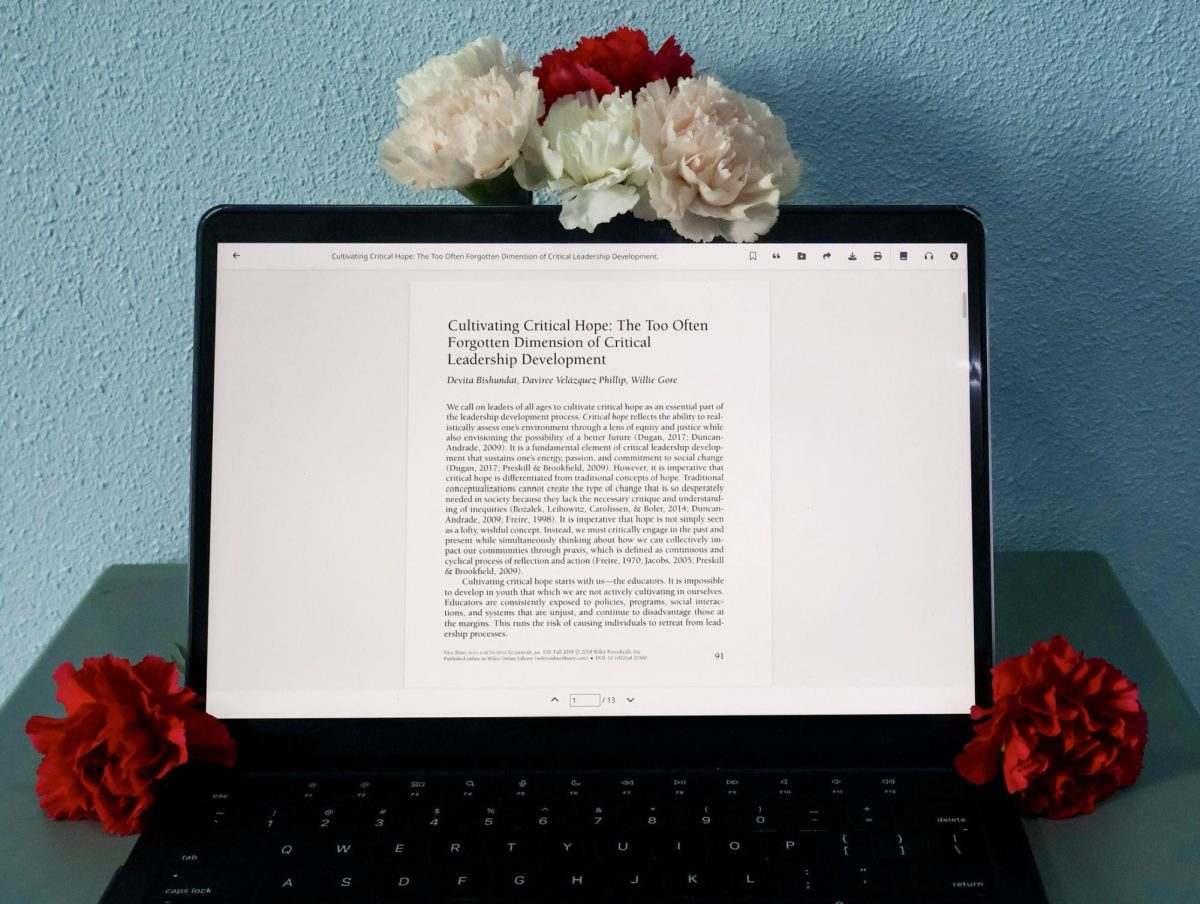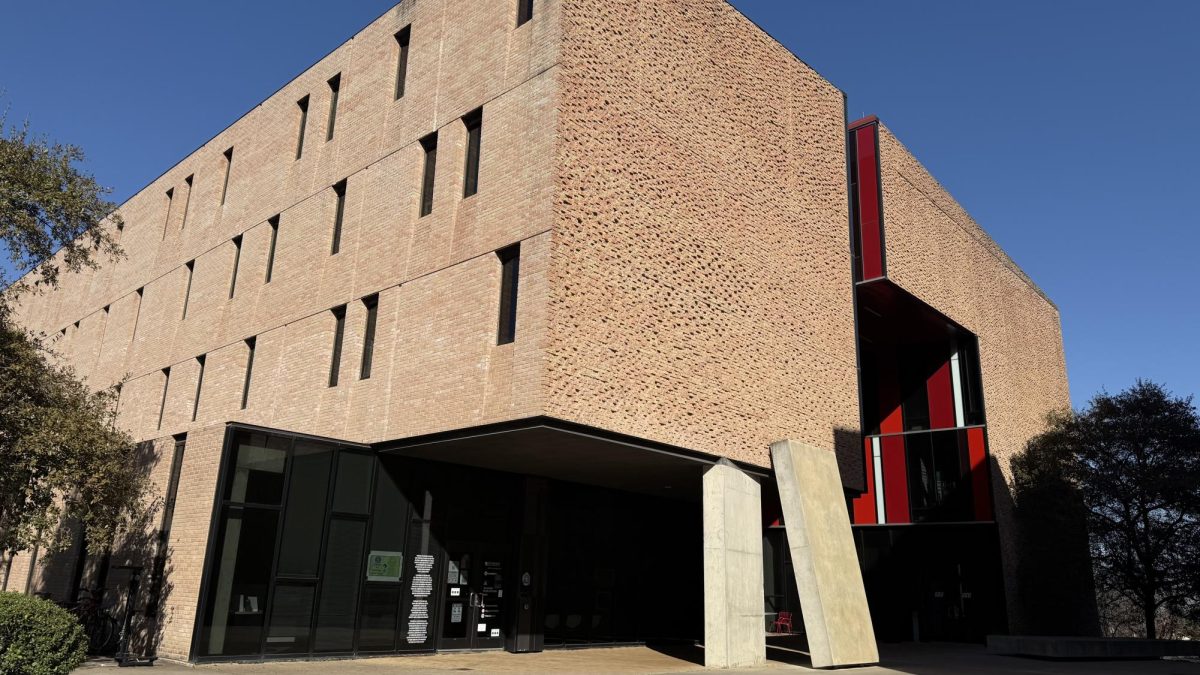The recent reintroduction of physical books into our campus library represents a meaningful and essential development. In an era overwhelmingly dominated by screens, the decision to reallocate space for print media reaffirms the library’s role as more than just a point for digital access. Even though no one can negate the accessibility and convenience of digital libraries, the presence of physical books suggests a return to more deliberate engagement with reading, which proves that convenience doesn’t always mean quality.
As much as I love physical books, to me, this isn’t a matter of preference. I know digital tools are essential now, especially when speed and accessibility matter more than ever. However, studies have shown that readers retain more information when reading from paper than from screens. Search bars can’t recreate the feeling of forgetting the world and being completely entranced by a story. Research isn’t just about finding answers, it’s about understanding the foundation of things and our development throughout history. Physical books force you to slow down and absorb information in a way I don’t think most technology can.
The move towards reintroducing books may also reshape the way the student body interacts with the library space itself. During my time here, the library has become a place that resembled more of a noiseless study lounge than a traditional library. When I first got to St. Edward’s, I remember feeling discouraged to go to the library because it felt futile. With the return of even a limited number of physical books there is a potential for students to see the library as something more than merely a quiet workspace.
One of the best advantages that come from physical collections is the potential for unplanned discovery. Unlike online searches, which only return answers to hyperspecific questions, looking through shelves can often lead to coming across material you didn’t even know you needed. Even outside of research, the library can bring accessibility to students who have already spent all their money on textbooks with something actually enjoyable to read.
Digital resources encourage fragmented reading with skimming and bouncing between tabs. In my own academic experience, physical books have always helped reduce distractions because I have no attention span. Without notifications or the temptation to convince myself I can multitask, I can focus on the material better and learn something that might stay with me beyond my exam date. These books can ground readers and give them a sense of accomplishment after they complete them. All I feel when I finish reading 25 online articles is existential dread.
Though the current selection of books is limited, it marks a positive step toward a more balanced academic environment, one that hopefully values both digital accessibility and the benefits of physical materials. Previously, I would visit the library primarily to find somewhere outside of my room to study. Now, I hope to spend more time browsing shelves and incorporating them more deliberately into my work or just reading for fun.
In the end, this is not about replacing digital resources, but rather about complementing them. I hope our school can see that this matters, and that it can enhance learning in ways that can’t be measured purely on efficiency or screentime. Sometimes, the best way to go forward is to take a step back.








